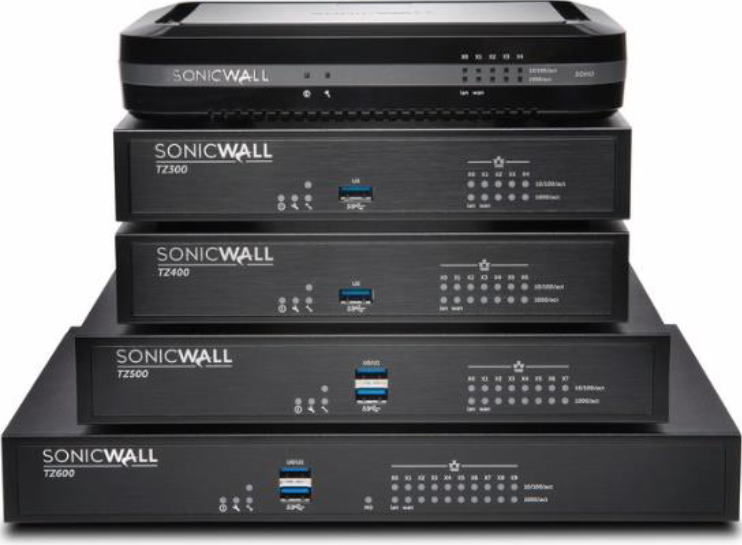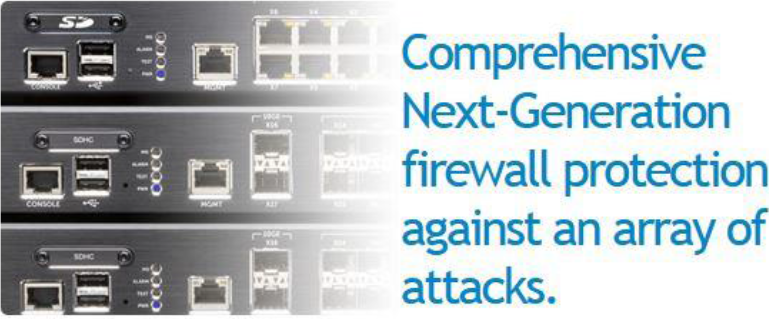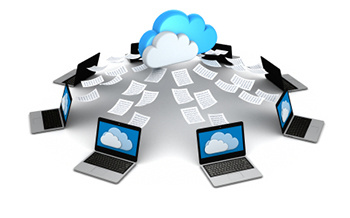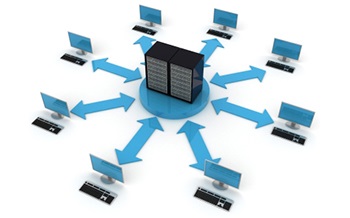




2. The links seem to be fake – Phishing emails always contain links that you are asked to click on. You should verify if the links are genuine. Here are a few things to look for when doing that:

1. Customer Loss – Today’s buyer lacks patience !important; They are used to getting everything at the click of a mouse, at the tap of a finger. Suppose they are looking for the kind of products/services that you offer and your site doesn’t load or is unavailable—even if temporarily– you are likely to lose them to a competitor—permanently.
2. Damage to Brand Reputation – Customers are now using Social media platforms like Facebook and Twitter and blogs to vent their bad brand experiences. Imagine an irate customer who doesn’t know if their card was charged on your site, or not, due to a server error. If it’s your bad day, they could probably be using Facebook or Twitter to share their bad experience, and it could be viewed by hundreds of people, causing irreparable harm to your brand image.
3. Loss of Productivity – When your systems don’t work, this can have a direct impact on your employees’ productivity. Consider a research firm of 200 employees where they primarily rely on internet connectivity to access the knowledge base. If the server hosting the knowledge base is down, there’s a total loss of at least 1600 work hours for one day.
4. Overtime, Repair and Recovery, Compensatory costs – In the above case, imagine the overtime wages the business would have to incur if they were to make up for the work loss they faced owing to downtime. In addition, there’s always the cost of repair—the money the business would have to shell out to fix the issue that caused the downtime and get the server up and running again.
In some cases, businesses would have to incur additional costs to make customers happy. These could include giving away the product for free or at a discount, or using priority shipping to make up for a delayed order.
5. Possible Lawsuits – Businesses could also be at the receiving end of lawsuits. For example, a downtime that has an impact on production, delivery or finances of the customer could invite litigation.
6. Marketing Efforts Rendered Useless – Consider a pay-per-click advertisement that shows up for the right keywords on Google, or an extensive e-mail campaign that your business engages in. However, when the prospect clicks on the link, all they see is an error message – Isn’t that a waste of your marketing budget?
The bottom line—one natural disaster, one technical snag or just one power outage has the power to put you out of business – both virtually and in reality. It’s probably time to think about how you can mitigate the threat of a possible downtime and whether your MSP can act as an effective and efficient ally in this battle for you.
Empower Firewall-as-a-Service provides your network with comprehensive security at a small business price. To learn more and get a free quote, contact Peter Johns today.
Block threats before they enter your network
Entry points into your network may now include employees’ laptops, desktops, and smartphones. Secure your network and data against sophisticated, modern-day threats with comprehensive protection that includes intrusion prevention, gateway anti-virus, anti-spyware, content/url filtering, enforced client anti-virus, and anti-spam services.



1. Make sure your mobile site is different from your regular website – While you must stick to your branding standards, your mobile website should be simpler than your web version. The reason being is that complicated designs that load well and look good on computers are often distorted when accessed through a mobile device. Plus, mobile surfers don’t really have the time to sift through a lot of content. Bottom line: your website’s mobile friendly version should be short, simple and sweet…offering your viewers the most important and basic sections of your website.
2. Option to access the actual website – That said, do provide your viewers with the option to access your regular website through their mobile device, as some viewers will prefer to stick with what is familiar.
3. Sitemap – Whether it’s your actual website or the mobile version, make sure you have a sitemap in place. A sitemap just makes it easier for your viewers to navigate through the site.
4. Get rid of flash – Most mobile devices don’t support flash. Keep this in mind when optimizing your website for the mobile surfer. Simple images that load fast are your best bet.
5. Testing – Make sure you test your mobile website thoroughly on different operating systems, browsers and devices. What looks good on one device might be totally distorted on another.
You could also develop a mobile application instead of a website, but most SMBs find that option too expensive and complicated. So, for now, put the 5 tips mentioned above into use and get your mobile-friendly website into action…

In an age where most business happens online, not showing up in Google search results can really hurt you. While there’s no real shortcut to showing up consistently on web searches, there are a few quick fixes to get your site to show up on your potential customer’s search results…
1. HTML tags – Important HTML tags include the title tag, meta description and meta keywords. Make sure each page of your website has appropriate HTML tags. The title tag of each page should be unique and relevant to that particular page.
2. Alternative text images – Ensure that most of the images on your website have alternative text tags. Alt tags are basically descriptions for images. By adding relevant alternative tags to images, you are allowing search engines to recognize them, which will improve the likelihood of your page showing up in search results.
3. File hierarchy – How simple is your HTML file hierarchy? Check to see if your website’s pages are logically situated and avoid too many unnecessary folders. For example: ‘NFL=>Teams=>PittsburghSteelers’ is a better folder structure than ‘NFL=>Teams=>NFCEast=>PittsburghSteelers’, because here ‘NFCEast’ is redundant and only serves to push the Steelers page deeper down the order. This complexity makes your site less likely to show up on search results for people searching for Steelers websites.
4. Sitemap – A sitemap acts as a navigational guide for your visitors as well as search engines. Does your website have one? If not, then it’s time to put up a site map on your website.
5. Content quality – Read your website content to determine its quality. Is your content written for search engines or actual visitors? Is it stuffed with keywords? Does it truly add value to your audience, or is simply there to fill up the page? Answer these questions and make sure it has value for your audience. Value for your audience translates to better search engine rankings.



Small and medium sized businesses today are relying more than ever on IT systems to efficiently run their business, support customers and optimize productivity. These systems house sensitive digital data ranging from employee and customer information, to internal emails, documents and financial records, sales orders and transaction histories. This is in addition to applications and programs critical to daily business functions and customer service.
While corporate-level data losses and insider theft are well publicized, many smaller businesses have also become casualties of data loss and theft. Following a significant data loss, it is estimated that a small-to-medium sized business can lose up to 25% in daily revenue by the end of the first week. Projected lost daily revenue increases to 40% one month into a major data loss.
According to The National Archives & Records Administration in Washington, 93% of companies that have experienced data loss, coupled with prolonged downtime for ten or more days, have filed for bankruptcy within twelve months of the incident while 50% wasted no time and filed for bankruptcy immediately. Finally, 43% of companies with no data recovery and business continuity plan actually go out of business following a major data loss.
Still, a survey conducted by Symantec SMB revealed that fewer than half of SMBs surveyed backup their data each week. Only 23% of those surveyed said they backup data every day and have a business continuity plan in place.
Businesses play on a much bigger playing field than they did two decades ago. Any disruptive technological event – even the smallest of incidents – can have an amplified impact on day-to-day business and profitability. Being proactive with data recovery solutions, and having emergency response procedures in place prior to a disruption or data disaster, is the only way to minimize downtime and soften the impact of such events.


According to Symantec SMB, 50% of SMBs admit to having no backup and disaster recovery plan in place. 41% of those surveyed confessed that they had never even given much thought to implementing a disaster recovery or business continuity plan. If you are one of them, then you really need to think about whether you can afford the status quo. Answering these questions will help you decide.
1. How often is employee productivity and customer accessibility or service stalled each day from a downed network or system?
2. How much downtime can your business truly afford and what kind of backup or recovery solutions are in effect when systems are unavailable?
3. What level of IT support can be accessed? Can it be accessed quickly enough to minimize damage? Are you confident that your business can either be back online or be able to access lost data with minimal disruption, no matter what?
4. Is your most critical data frequently backed up? Is the data on the personal laptops, iPads or Blackberrys of employees backed up? Are all backups stored in a location off-site and quickly accessible in the event of theft, fire or flooding? Are you using any custom installed software and is the supplier still in business should this software need to be re-installed or updated? Are account details, licensing agreements, and security settings somewhere on record, and is it duplicated off-site?
5. Are your systems truly protected from theft, hackers, and viruses? Are passwords to sensitive data changed whenever employees leave the company or business unit?
6. When was the last time you tested backup processes to ensure they are working properly? How quick were your back ups?
Answering these questions will help you understand if you are needlessly bleeding money every day by subjecting your business to the high hourly rates, service charges, trip fees and wait times of on-call IT support. If you are an SMB, you don’t have to fear technology failure. A trusted MSP can help you resolve these challenges in a more effective and efficient manner.